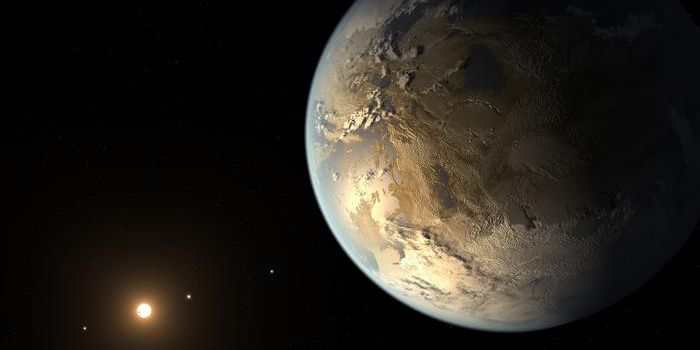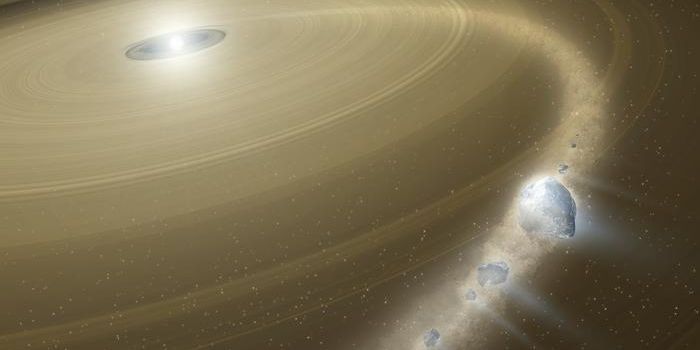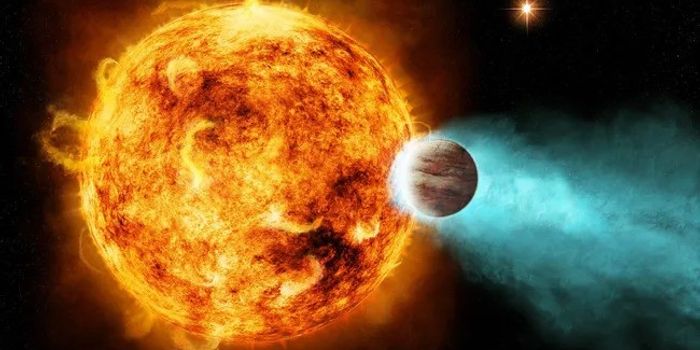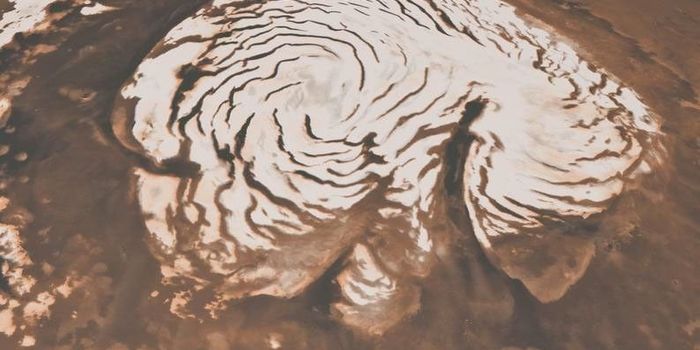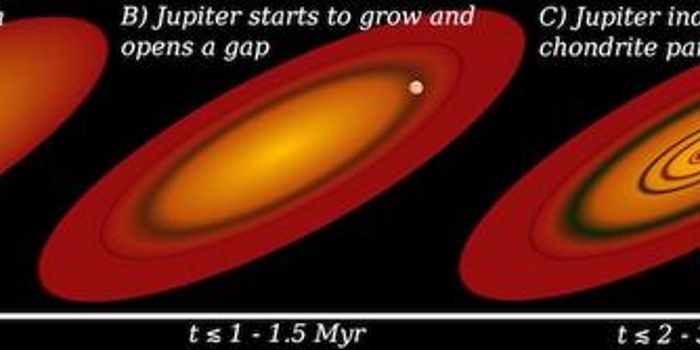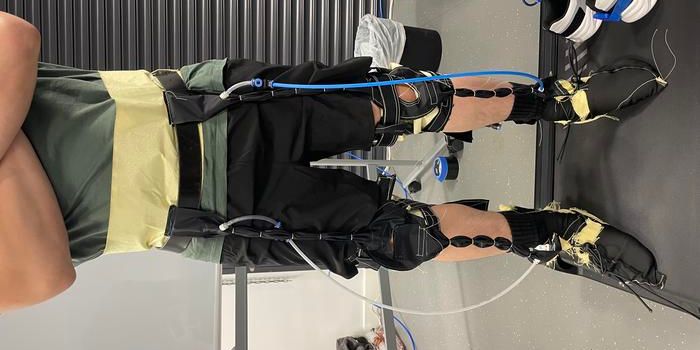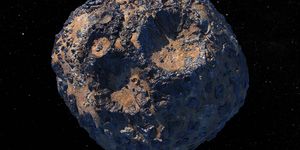That Whale Photo You Took On Vacation Could Help With Conservation Efforts
Animal diversity has consistently been on the decline for a number of reasons (including habitat loss and human-driven climate change). Now, it’s estimated that at least 40,000 different species of animal are endangered or at risk of extinction.
To make matters worse, researchers simply do not have enough data about all these endangered species in order to help. In particular, it is hard to get clear estimates on how many of a specific species there are, complicating conservation efforts. The IUCN Redlist notes that about 17,000 species are marked as “data-deficient.”
Those pictures from your vacations might be able to help. Not the ones you edited using a free photo editor. Instead, start flipping through your photo books or your albums to see if you have any of whales. If you do you might be able to help experts work out the true range of these creatures. You might have photos if you’ve been on purpose-built whale site-seeing trips or on boat trips where you might have had a chance encounter.
Often, manual attempts to count, monitor, and track animals are employed, which have their own set of limitations. More technological efforts, such as using sensors to track animals (including migration patterns) also have limitations—chiefly, it’s hard to monitor all animals with sensors. As a result, researchers are searching for new ways to better keep track of trends among different animal populations.
Researchers at Ohio State University have developed a program called Wildbook, an artificial intelligence tool that uses crowd-sourced images of animals to provide more information about a range of animal species. The wide abundance of images makes it possible for researchers to study traits and features of animal populations. This information then feeds into algorithms, which can help track patterns in animal behavior and make predictions about animal species over time.
The use of images to learn about traits and behaviors has been referred to as “imageomics.” According to the Imageomics Institute at Ohio State University, this burgeoning field of study is defined as the use of artificial intelligence tools “to analyze image data in order to characterize patterns and gain insights into traits and relationships at individual, population and species scales.”
Specifically, Wildbook crawls public social media posts for animals of interest. For example, Wildbook might crawl through images from a recent vacation you took, especially if you happened to capture an image of a whale in the background.
Some research suggests that tools like Wildbook could also have limitations of their own (for example, crowd-sourcing images can lead to lower-quality, less reliable images). Still, access to such a wide range of animal imagery could be a game changer for conservationists.
Sources: Eureka Alert!; IUCN Redlist; Nature Communications; OSU

